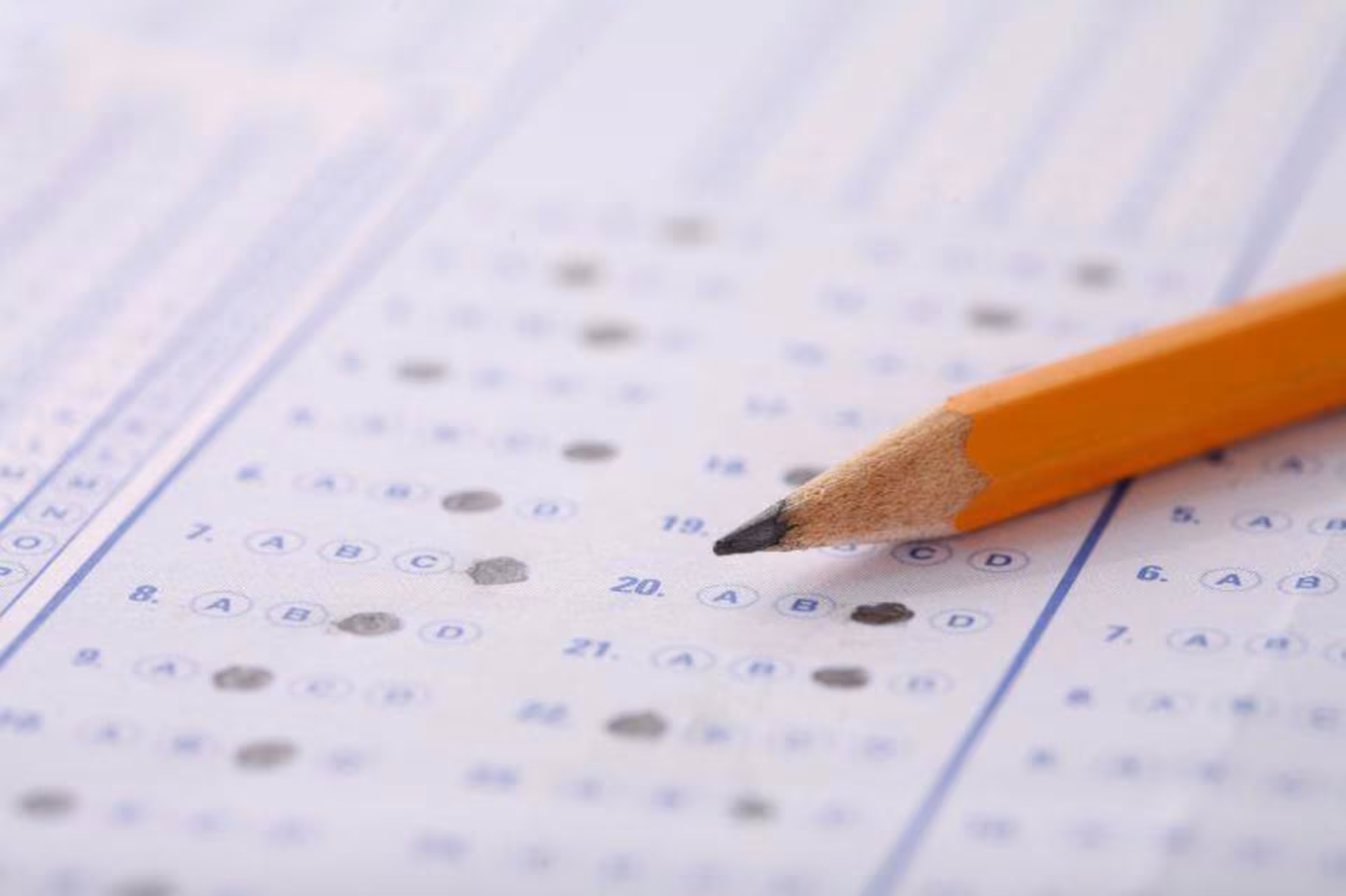Speak with a University Counselor today.
The views and opinions expressed in this article are those of the author’s and do not necessarily reflect the official policy or position of Grand Canyon University. Any sources cited were accurate as of the publish date.

Some schools and districts are using standardized tests to determine whether children will move from one grade to the next. These decisions don’t take the student’s actual schoolwork, grades or achievements into account.
Years of research have shown that high-stakes standardized test scores may not be valid or reliable. That means that the tests don’t actually measure what they claim to. For example, math tests may include a lot of reading of word problems. Those word problems may not necessarily test a student’s ability to multiply. Instead, they test reading and problem-solving skills. English tests may not be reliable when for English Language Learners (ELL) students and those who don’t speak Standard English.
Standardized tests are usually given in the latter part of the school year. Students are tested on a year’s worth of concepts after only about six or seven months of instruction. In addition, testing data isn’t reported back to schools until the very end of the year. Usually, the reports include information about whether the students “passed” and with what number of correct or incorrect answers. Teachers can’t use this information to build supportive instruction because it’s delivered too late to make a difference.
Standardized testing shows a student’s performance on one day out of the year. Fair assessment techniques would take into account what a student has learned, how far they’ve come, what they actually know about the topic and if whether they learn from their mistakes. Fair assessment strategies would also help teachers devise instructional plans that benefit student learning over time rather than preparing for performance on one test. Here are some ways to achieve great results.
Many online curriculum programs use a “stealth assessment.” That is, they record every answer a student gives as they’re learning new concepts. If a student needs more practice, the program delivers it. When the student is ready for something more challenging, the program adapts the questions. This data is collected to show progress on skills students have both mastered and those which they still need to practice.
Measuring reading skills with a multiple-choice test seems odd in the context of real life. When was the last time, as an adult, you read something and were asked to fill in bubbles to answer questions about themes or characters? Adults read and discuss books with others, then apply new ideas from the texts to their lives and work. Testing a student’s application of skills and knowledge means that they can show depth of understanding.
Portfolios allow students to collect evidence of learning over time. It is a way for students to show how they’ve mastered a skill. Portfolios and performances also speak to a student’s individual learning and expression styles.
If you’re already working in the classroom, you know the weaknesses of standardized testing. To learn more about how Grand Canyon University’s College of Education provides teachers with the latest educational research and methods through programs like our Master of Science in Instructional Technology degree, visit our website or click the Request More Information Button on this page.
There is a great deal of talk in education about testing. Some people argue that standardized tests have inherent biases and that they only measure a tiny fraction of what students really learn. Not all students learn the same things at the same grade-levels across the country, so tests like college entrance exams may not be fair to large groups of students in certain states.
Are all of these reasons enough to change a system that has long relied on standardized testing? Continue reading to learn about some of the problems with standardized testing and some other ways to measure students’ academic skills knowledge and abilities.